- News
- Reviews
- Bikes
- Components
- Bar tape & grips
- Bottom brackets
- Brake & gear cables
- Brake & STI levers
- Brake pads & spares
- Brakes
- Cassettes & freewheels
- Chains
- Chainsets & chainrings
- Derailleurs - front
- Derailleurs - rear
- Forks
- Gear levers & shifters
- Groupsets
- Handlebars & extensions
- Headsets
- Hubs
- Inner tubes
- Pedals
- Quick releases & skewers
- Saddles
- Seatposts
- Stems
- Wheels
- Tyres
- Tubeless valves
- Accessories
- Accessories - misc
- Computer mounts
- Bags
- Bar ends
- Bike bags & cases
- Bottle cages
- Bottles
- Cameras
- Car racks
- Child seats
- Computers
- Glasses
- GPS units
- Helmets
- Lights - front
- Lights - rear
- Lights - sets
- Locks
- Mirrors
- Mudguards
- Racks
- Pumps & CO2 inflators
- Puncture kits
- Reflectives
- Smart watches
- Stands and racks
- Trailers
- Clothing
- Health, fitness and nutrition
- Tools and workshop
- Miscellaneous
- Buyers Guides
- Features
- Forum
- Recommends
- Podcast
review
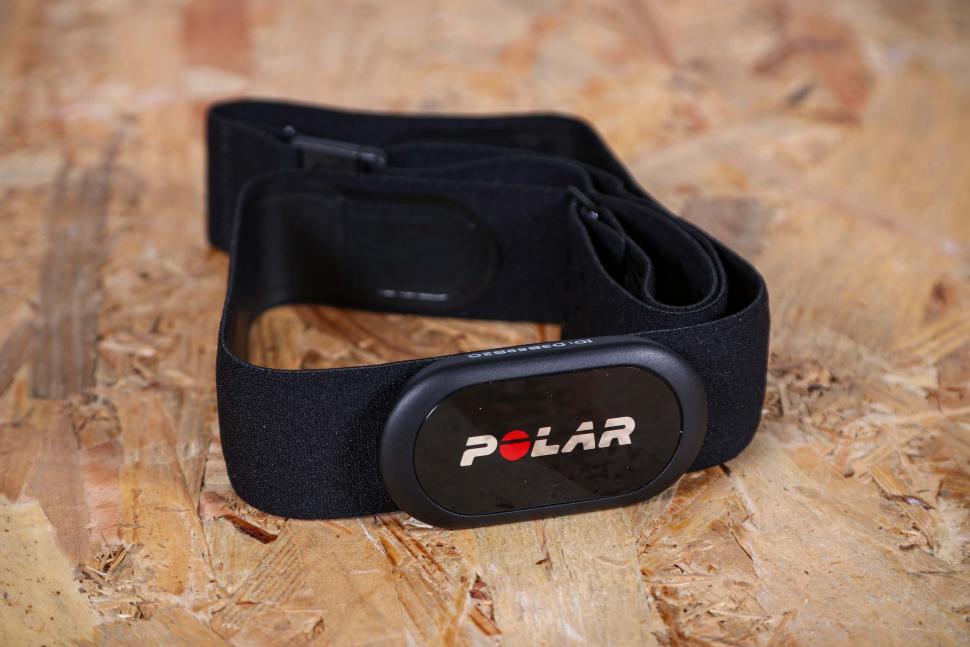 Polar H10 Heart Rate Sensor
Polar H10 Heart Rate Sensor £86.50
VERDICT:
High-end, consistent and accurate heart rate monitor, with strong connectivity
Comfortable strap for rides
Accuracy
Clip for undoing strap is quite awkward to reach
Expensive
Weight:
60g
Contact:
At road.cc every product is thoroughly tested for as long as it takes to get a proper insight into how well it works. Our reviewers are experienced cyclists that we trust to be objective. While we strive to ensure that opinions expressed are backed up by facts, reviews are by their nature an informed opinion, not a definitive verdict. We don't intentionally try to break anything (except locks) but we do try to look for weak points in any design. The overall score is not just an average of the other scores: it reflects both a product's function and value – with value determined by how a product compares with items of similar spec, quality, and price.
What the road.cc scores meanGood scores are more common than bad, because fortunately good products are more common than bad.
- Exceptional
- Excellent
- Very Good
- Good
- Quite good
- Average
- Not so good
- Poor
- Bad
- Appalling
The Polar H10 Heart Rate Sensor is a comfortable and accurate heart rate monitor, commonly used in healthcare, which has a good Bluetooth and ANT+ range, and very few dropouts during use. There are also a few interesting features that Polar has added, such as dual device Bluetooth and device-free recording.
The H10 is the latest, and most premium, heart rate monitor from Polar, which it claims is 'the gold standard of heart rate measurement'. Apparently being trusted by the medical world, this heart rate monitor should be an accurate enough choice for the average user. There's a good chance that if you ever go somewhere for power testing or VO2 testing, for example, it will generally be using one of these monitors, which says quite a lot!
The H10 can be connected to your head unit or phone using Bluetooth or ANT+, and it's even possible to connect to two Bluetooth devices simultaneously, which could be useful if you use Zwift and want to record to your head unit along with Zwift, for example.
Connecting to my Garmin 1030 Plus was a breeze, offering both ANT+ and Bluetooth, and getting the right monitor was simple as the pod has its ID on, which is easy to read and check.
Putting the heart rate monitor on is pretty straightforward, with the clip sitting off to the right-hand side of your chest, but unless you're super flexible, I've found I have to do the clip up at the front of my chest before spinning it around.
Undoing this is then easiest by reversing how you do it up, so spinning it to the front and unclipping. A part of the clip needs to be clicked in to undo it.
When riding I've found the strap nice and comfy, with no pinching or discomfort, and when tightened to the correct amount it neither moves around nor feels restrictive.
The sensor band takes up a large percentage of the strap, meaning there's more chance of it reading accurately even if the strap moves around, and it's notably bigger than Polar's H9 model.
The sensor turns on automatically, but there is no way to confirm that it's done so, unlike my Wahoo Tickr X, for example, which has LEDs that flash when it powers on; not that I've ever had this one not turn on.
Polar says its monitor uses ECG technology to measure your heart rate, so the electrical signals coming from your heart, unlike smart watches that use optical sensors. ECG technology is regarded as much more accurate.
> Buyer’s Guide: Best heart rate monitors
The data it produces has been very consistent, with no anomalies and only a couple of dropouts in many hours of use. It's hard to know whether this is down to the monitor or the Garmin I'm connected to, but I've experienced fewer dropouts than with my Wahoo Tickr X.
Using both my Wahoo and this Polar, the output from both has been very similar, with that from the Polar being perhaps a touch smoother than the Wahoo, but it's reassuring that both read very similarly, as you can see from the graph below.
Interestingly, you can use the H10 to estimate your VO2 max, through Polar's app; you simply need to lie down for five minutes and not move. It's surprisingly close to measured values, though I don't think it's something many people will use more than once, as your VO2 max doesn't change much.
The H10 also has a tri-axial accelerometer as one of its sensors, and though there's no way to use this information through any of Polar's apps, it can be used with the Sleep As Android app to record your motion during your sleep.
The H10 also gives you the option of some some device-free heart rate measuring, with a small amount of inbuilt memory on the sensor, which you do by starting a workout on the accompanying app. This could be interesting if you wanted to measure what your body does throughout the day, but I imagine most riders will be recording their GPS data using another device when riding.
It runs on a CR2025 coin battery, which Polar claims will give a year of use before needing replacing.
Compared to the H9, the H10 feels like a no-holds-barred offering, with the addition of the onboard storage, the accelerometer, an upgraded silicone strap rather than the 'soft strap' on the H9, along with apparently more accurate readings, with additional electrodes to reduce interference. Polar also offers a three-year warranty with this monitor, a year more than was offered with the H9.
Value
At £86.50 this is one of the most expensive heart rate monitors on the market, though it's noticeably less than the Garmin HRM-Pro Plus at £119.99. The Garmin offers extras like running dynamics, such as stride length, but nothing else that the H10 doesn't.
The Wahoo TrackR (full review to come) is nearly a tenner less at £79.99, while the top-end offering from 4iiii is now just £49.99 and has the ability to record data internally like the H10, with the added ability to act as an ANT+ and Bluetooth bridge.
You can go cheaper still, such as Decathlon's £24.99 HRM Belt, but if you're looking for the most accurate measurements, along with the other features the H10 offers, it won't disappoint.
Verdict
High-end, consistent and accurate heart rate monitor, with strong connectivity
road.cc test report
Make and model: Polar H10 Heart Rate Sensor
Size tested: One Size
Tell us what the product is for and who it's aimed at. What do the manufacturers say about it? How does that compare to your own feelings about it?
Polar says: "When it comes to accuracy and connectivity, Polar H10 heart rate sensor is the go-to choice. Monitor your heart rate with maximum precision and connect your heart rate to a great variety of training devices with Bluetooth and ANT+."
Tell us some more about the technical aspects of the product?
Polar lists these details:
Dimensions
Width: 65 mm
Height: 34 mm
Thickness: 10 mm
Weight
Total weight: 60 g
Total weight without wristband: 21 g
Performance
CPU speed: 64 MHz
Memory: MB
Storage: MB
Recording mode: Yes
Materials
Case material: Plastic
Connectivity
Bluetooth version: BLE
ANT version: 2.1
USB cable: No
Broadcast range: 9000 cm
Durability
Operation temperature min: -10 °C:
Operation temperature max: 50 °C:
Water resistance: WR30
Tested against military standards: No
Sensors
Accelerometer: Yes
Battery
Battery capacity: 165 mAh
Battery type: lithium primary battery 3V
Battery rechargeable: No
Misc
Updateable firmware: Yes
Rate the product for quality of construction:
8/10
Rate the product for performance:
9/10
The most consistent and accurate heart rate monitor I've used; the data has been great.
Rate the product for durability:
8/10
Rate the product for weight (if applicable)
7/10
Rate the product for comfort (if applicable)
8/10
I forget this monitor is on; it's very comfortable.
Rate the product for value:
4/10
It is slightly cheaper than the top-end offering from Garmin, but costs more than Wahoo's TrackR and a lot more than 4iiii's Viiiiva.
Tell us how the product performed overall when used for its designed purpose
The data has been very consistent, and appears very accurate, with very few dropouts during use.
Tell us what you particularly liked about the product
I like the quality and consistency of the data.
Tell us what you particularly disliked about the product
I wish the buckle was easier to reach without having to spin the monitor.
How does the price compare to that of similar products in the market, including ones recently tested on road.cc?
It's cheaper than Garmin's high-end offering, but costs more than others from Wahoo and 4iiii, and a lot more than many more...
Did you enjoy using the product? Yes
Would you consider buying the product? Yes, especially if I could find it discounted.
Would you recommend the product to a friend? Yes
Use this box to explain your overall score
This monitor feels like it's quality when you're using it; it's comfy, well built, and just works. It has loads of features, some of which are really useful, like the dual Bluetooth connectivity option, and some that are occasionally useful, like the inbuilt recording option. That it's used in the healthcare world shouts plenty about the quality of its readings, so it certainly can be trusted – which helps justify the price. Overall, it's very good.
About the tester
Age: 24
I usually ride: Storck Aerfast My best bike is:
I've been riding for: 10-20 years I ride: Every day I would class myself as: Semi pro
I regularly do the following types of riding: road racing, commuting, touring, club rides, fixed/singlespeed, mtb,
Latest Comments
- chrisonabike 59 sec ago
Agreed - if you've had the bike a while you've probably added bits to it / upgraded. In my case that included about 150 quid of cut locks...
- chrisonabike 5 min 57 sec ago
Hmm... I'm sure "more could be done" but there are two parties here. It seems hard to reach people with "council information". Particularly with ...
- mdavidford 30 min 47 sec ago
"Driver fined £100 after stopping to be sick" https://www.bbc.co.uk/news/articles/ce8g13pp0plo
- ktache 54 min 11 sec ago
Not that they would be as technical, or maybe quite as grippy, but does the skate industry provide any solutions?
- wtjs 1 hour 9 min ago
the Metropolitan Police contacted Vikash to inform him that they have created a report for the incident and that the video has been “passed to the...
- Rendel Harris 1 hour 36 min ago
Sorry to be a killjoy but it doesn't amuse me at all, I hope the idiot gets caught and punished. Putting yourself on the same road as pros...
- willpom @GWRaudax 2 hours 11 min ago
Steve Poulton has just published The Cheltenham Flyer - 10th May https://www.audax.uk/event-details/calendar/13235-cheltenham_new_flyer_200
- David9694 2 hours 28 min ago
Chef left with 'car sticking out of house' on crash-hit road...
- HKR 5 hours 22 min ago
It's not 4k though. It's a 4k sensor. But when image stabilization is on, that's chopped down to little over a 1080 image. ...
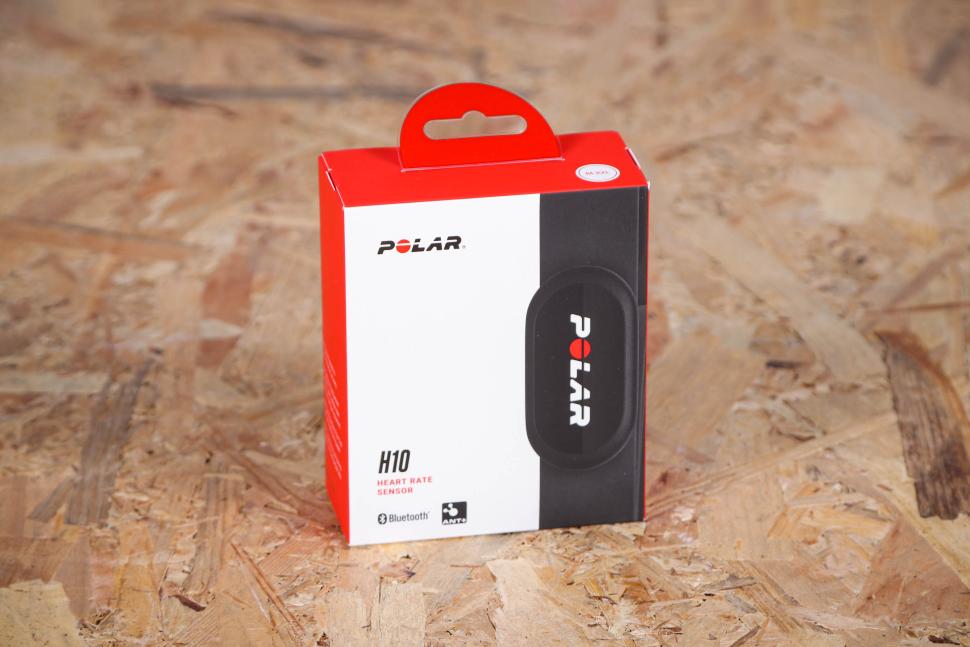







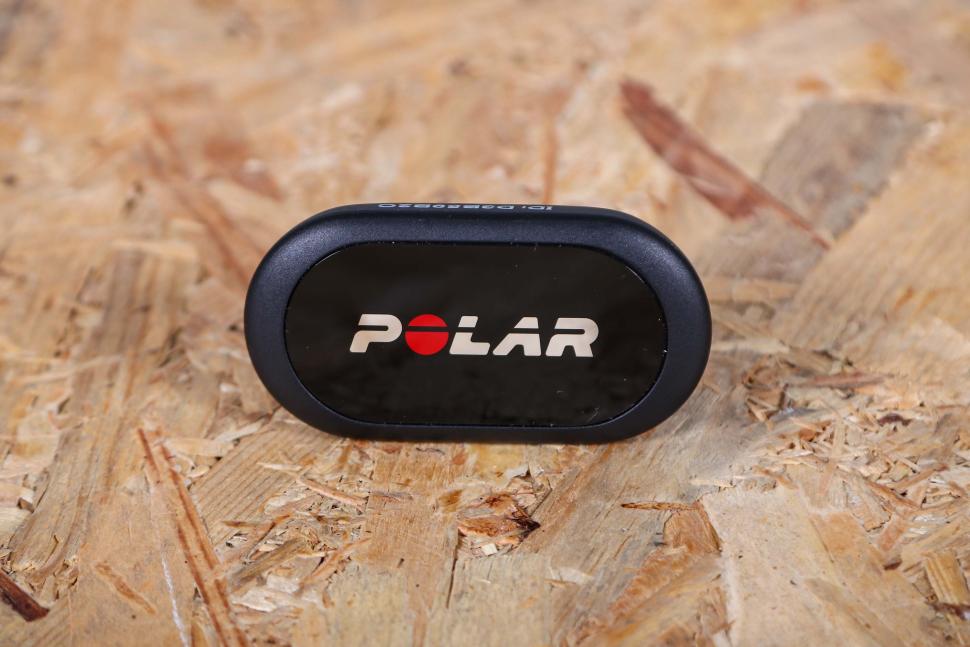

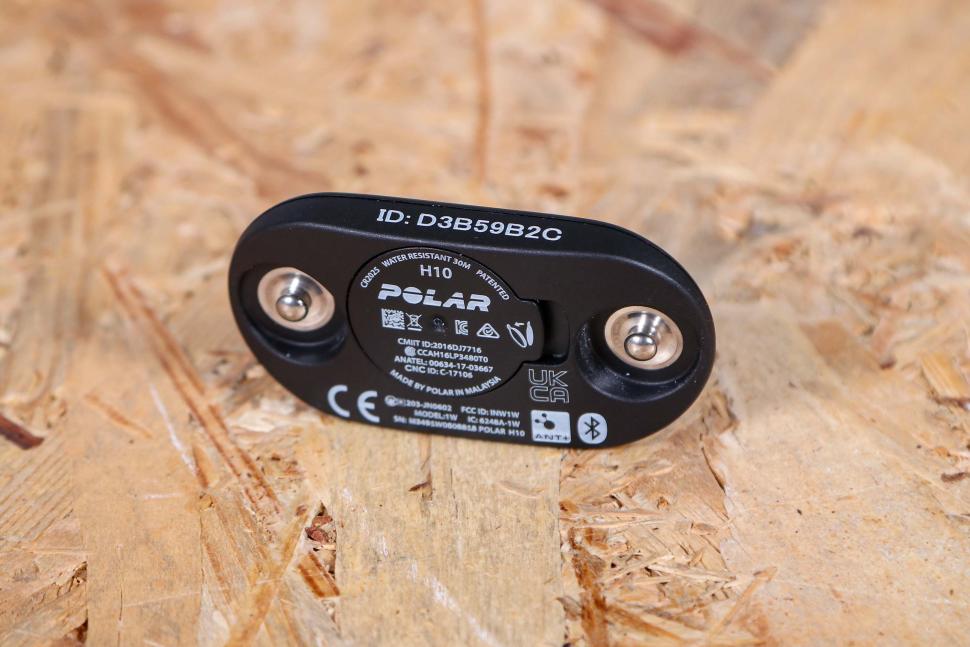
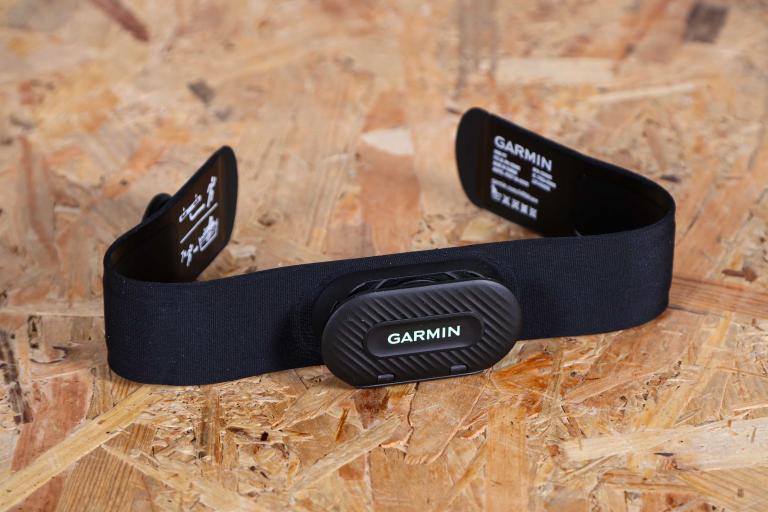


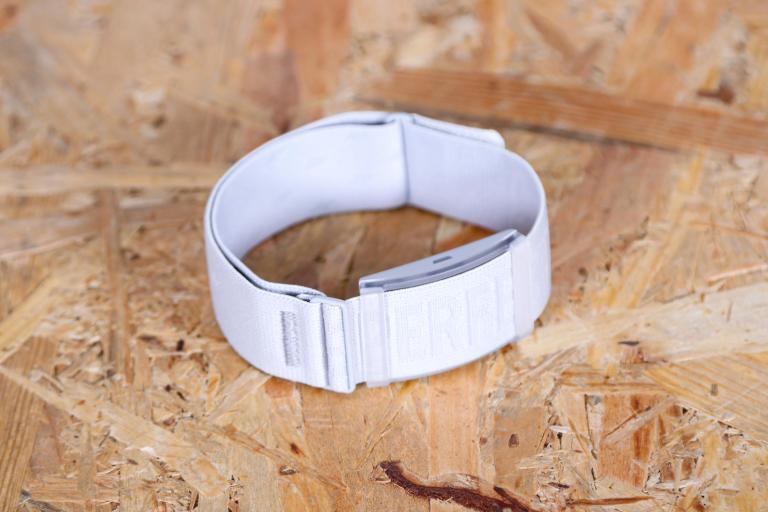
Add new comment
5 comments
Polar were my go to HRM products for over 20 years. I reccomended them many times. Then they decided to **** their customer base over by not releasing a patch to allow their Infrared dongles to work with WIndows 10, meaning no ability to upload ride data. So I was forced to upgrade the Polar kit, that had cost £350 just a year or so before. I upgraded to Garmin who have been excellent ever since; unless Garmin do something stupid ala Polar I'll not switch back.
Trust takes years to establish itself and minutes to be destroyed.
I've given up on expensive HR straps. I've gone through 1 garmin and 2 wahoos at about £40 a pop. Each gets about 2 years before dying (and it's not the battery). Now I just buy one from Aliexpress for 8 quid and assume it will die in the same length of time. So far this one, "COOSPO H808S" is actually a bit nicer to use than the major brands because it has a beeper to confirm connection/disconnection.
I've given up on expensive HR straps. I've gone through 1 garmin and 2 wahoos at about £40 a pop
Whereas, I've had the H10 for 5 years on the recommendation from YouTube's Quantified Scientist, and have used it all day, every day on a recent 7 day walk and a 7 day ride including the C2C. No problems with it. I also have a Polar Verity Sense.
I did consider the H10 on various recommendations but I figured it would have to out-last 10 aliexpress straps to be worth the money. Time will tell!
This is only hr monitor I've had that just works 100% of the time. Others have been flakey if it's really hot and dry weather. Also the battery lasts for years. The strap doesn't deteriorate either.